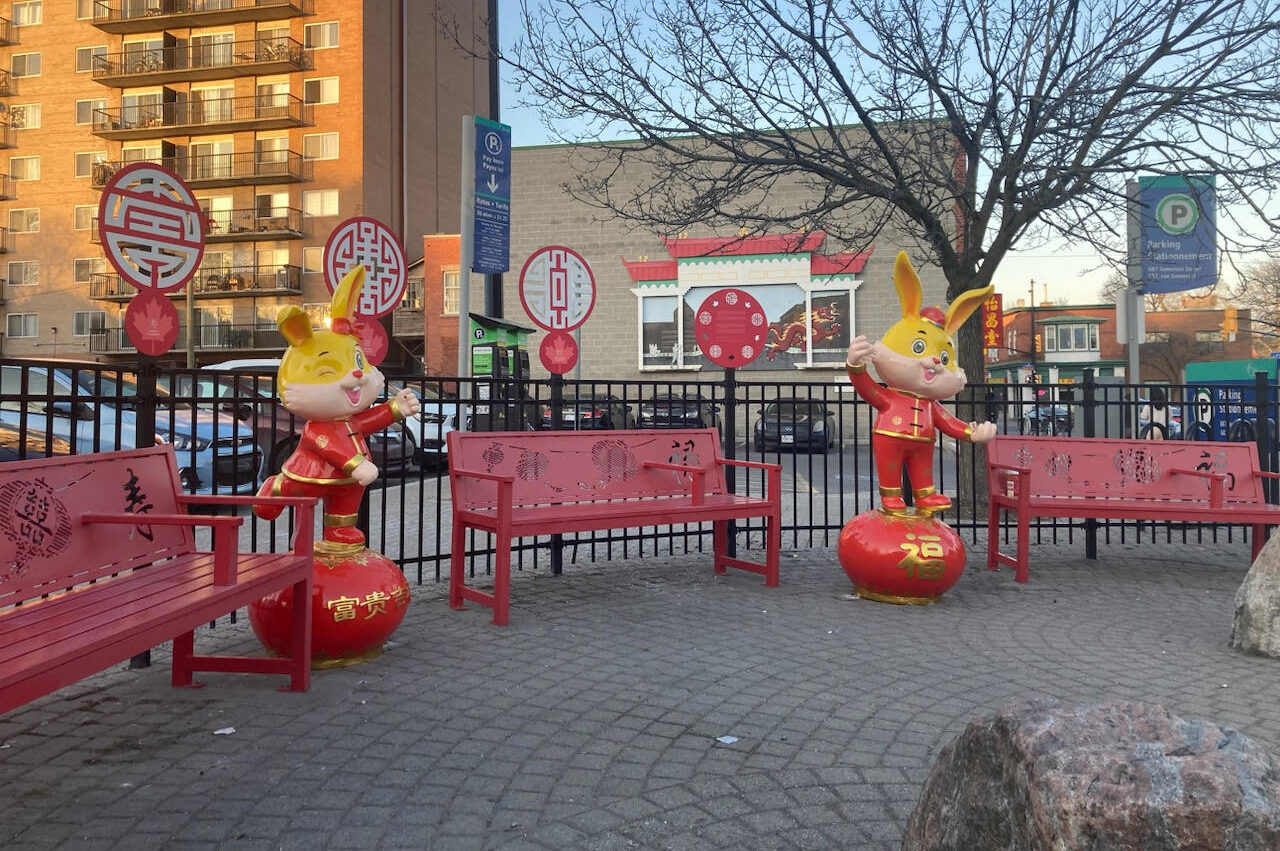May is Asian Heritage Month in Canada and TRACE architectures is exploring Ottawa’s evolving Chinatown neighbourhood, a diverse and changing part of the City’s Centretown West neighbourhood.
Ottawa’s Chinatown is located along Somerset St. West of downtown Ottawa between Bay Street and Preston Street.
In the early 20th century, the area was predominantly a mix of Irish and Italian influence, while the local Chinese population was scattered throughout the downtown core. Ottawa’s first Chinatown neighbourhood began in 1930s between Albert Street and Kent Street to O’Connor Street. The first established Chinatown started to decline beginning in the 1940s and had minor influence by the 1970s. The Chinatown we know today started to flourish along Somerset Street in the 1960s with the general population boom after the Second World War. The area saw an increase in Asian-owned businesses along Somerset Street West soon after.
In the late 1970s, Ottawa welcomed thousands of Vietnamese refugees. Many settled in the area, and the neighbourhood started to reflect a strong Vietnamese influence in its businesses and restaurants. In 1989, the area was designated as the Chinatown Business Improvement Area. In 2010, the Chinatown Gateway, or Royal Arch, on Cambridge Street North and Somerset was unveiled, a “twin-city” project with Beijing. This gateway remains a unique and identifiable landmark in the City of Ottawa.
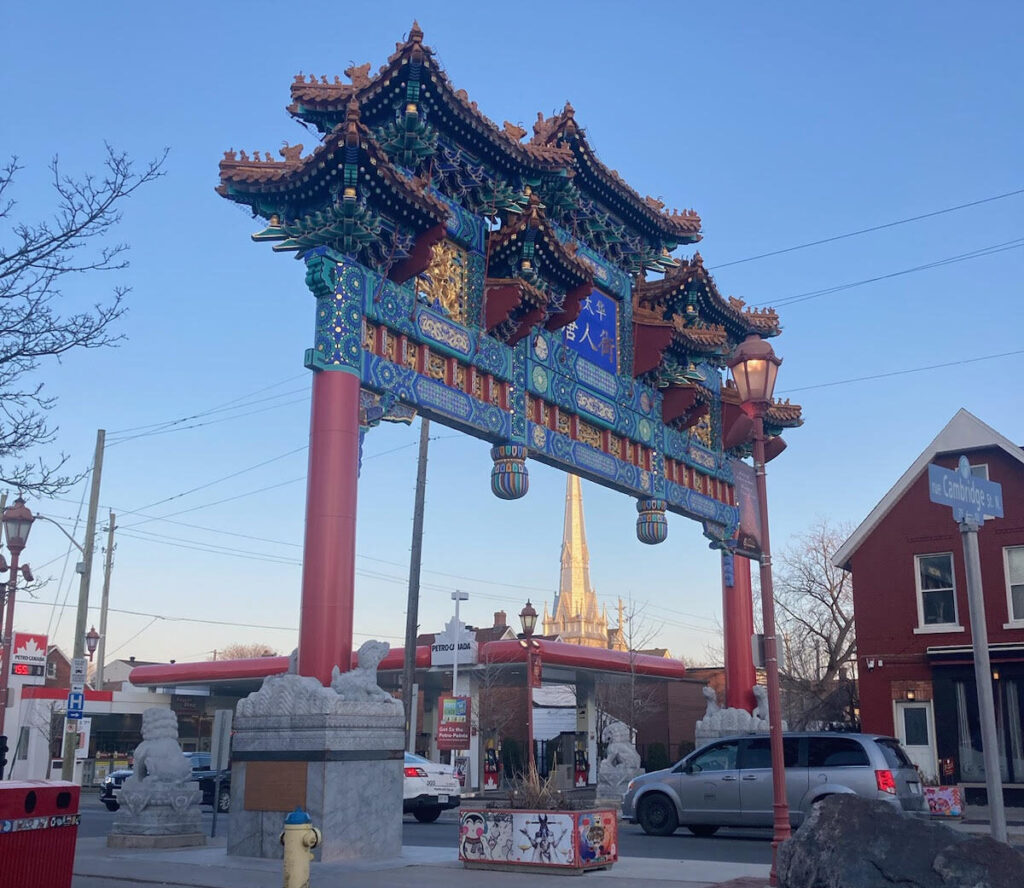
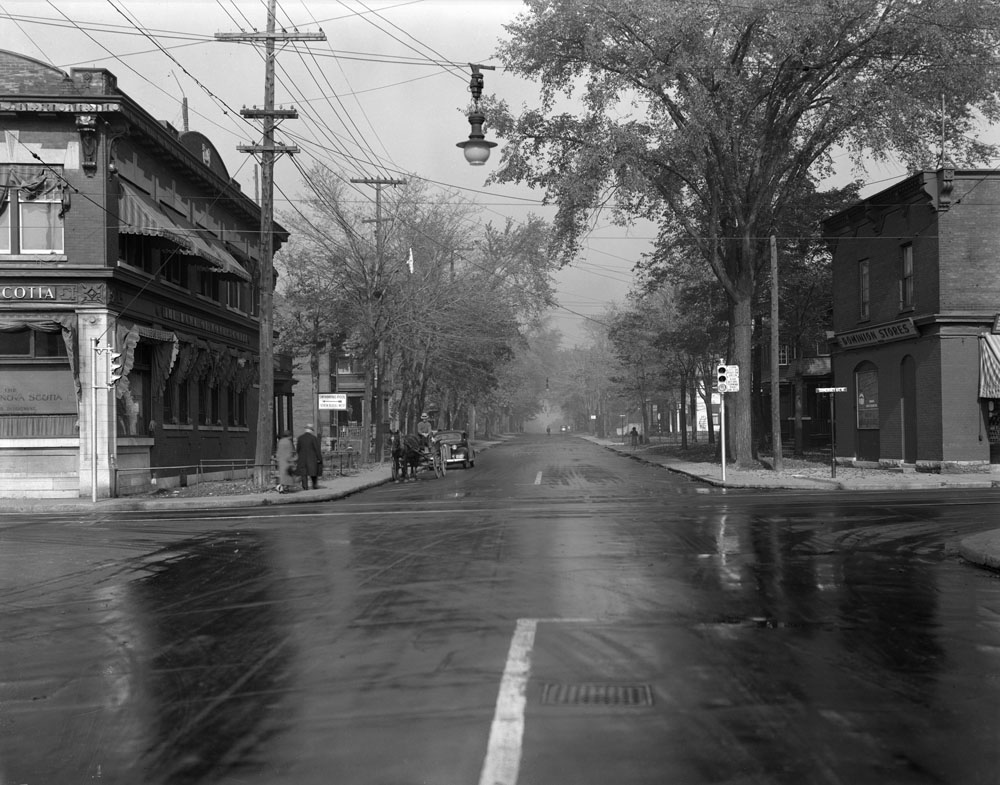
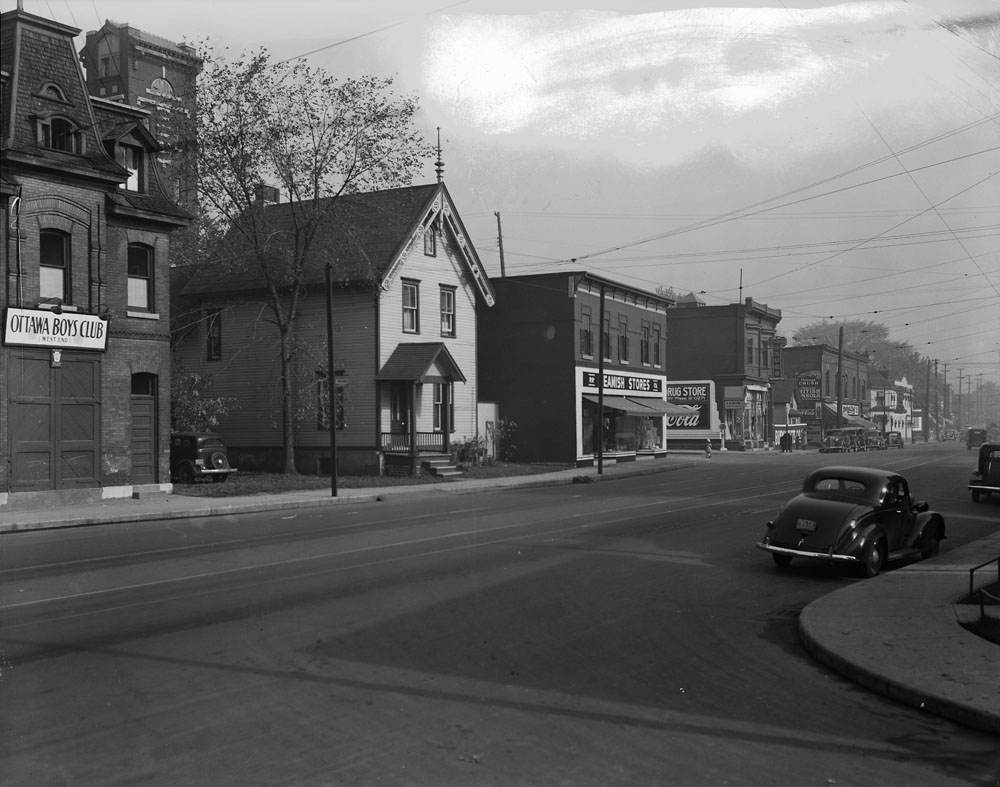
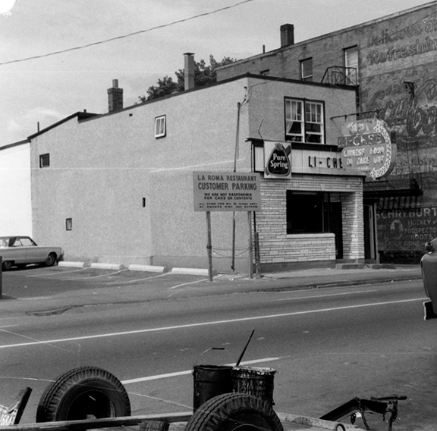
Throughout the 20th Century, the area has seen significant change, however in some sections the built heritage remains in-tact, often concealed or obscured from newer interventions. With its established Main Street Character, the area has retained most of its storefronts, and in some instances the original buildings.
As part of Ottawa’s Ward 14, or Somerset Ward, the area remains the smallest in geographical area in Ottawa, but most densely populated. As a result, the area has also seen the largest number of development applications in the City of Ottawa, and significant new infill projects, some of which stand to significantly change the streetscape of the Chinatown neighbourhood. Despite these changes, the Ottawa Chinatown Business Improvement Area continues to celebrate the heritage of this neighbourhood through various projects, including a large-scale mural project in 2021, and a creative statue installation in 2023.
It is also important to recognize the multi-cultural fabric that encompasses this neighbourhood. The Vietnamese community received positive news in 2022, that the long-overdue Vietnamese Boat People Museum, (a project that was put on hold for over eight years) is potentially back on track again, with a tentative opening in 2024. This museum will be located on Somerset and Preston Street, across from Saigon Square and Plant Bath.
As the City of Ottawa and the Somerset Ward grapple to address the desperate housing needs of this community, we must design for the future while acknowledging the past and socio-cultural uniqueness of our neighbourhoods. Diverse Asian cultural influences have shaped the urban fabric of Centretown-West and the City should consider this as we enter a new era of development.

